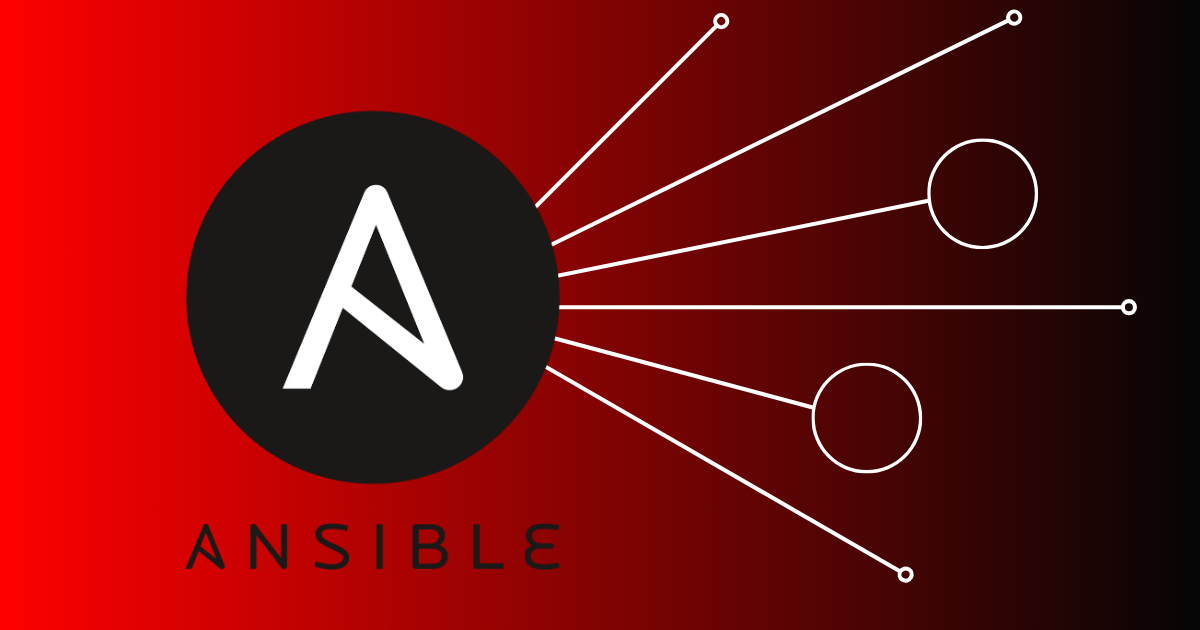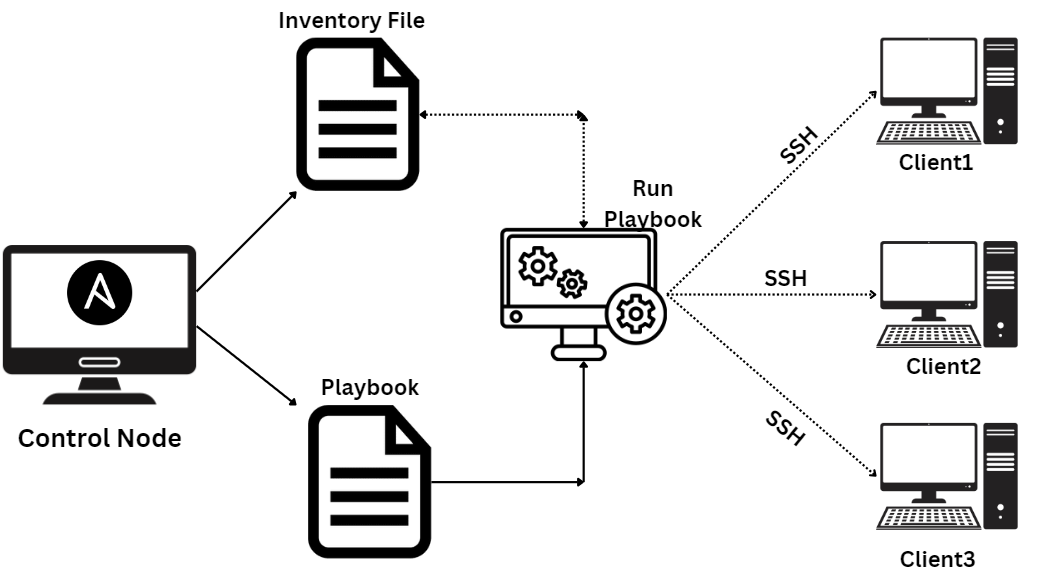Deep dive into Ansible Architecture
 Rahul Mahajan
Rahul Mahajan
Ansible is the popular tool used for automating various IT tasks and helps in simplifying the processes. It has a simple and sturdy architecture that helps in effective orchestration, deployments, and configuration management. This blog will help you understand Ansible architecture and its components.

Control Node
The control node is the master machine in which Ansible is installed and where the automation codes are executed. The control node connects to target nodes via SSH (Secure Shell). It is not required to install any agents on target nodes, which helps to simplify the overall management.
Target Nodes (clients)
These are the machines where Ansible does configuration changes and manages the processes on them. Target nodes can be cloud machines, on-premise machines, or other network devices. As Ansible is agentless, target nodes have to be accessed via SSH password-less authentication.
Inventory
It is a file that contains the list of target nodes. Inventory can be static [simple text file] or dynamic [pulls host information from various sources]. It can also be organized into different groups that will help to manage the large infrastructures.
Modules
These are the key components of Ansible’s performance. Modules are the scripts that can be used repeatedly to perform a particular task, such as the installation of packages, file management, or configuring various services. Ansible has a large library with built-in modules, and users can also contribute to the creation of custom modules.
Playbooks
Playbooks are the scripts that are written in the YAML language. Scripts contain the steps to be performed in automation. Playbooks are human-readable and help in managing the complex workflows, including exception handling. Variables, loops, and handlers can be used in playbooks to provide flexibility.
Plugins
Plugins are the small codes that expand the architecture of Ansible. These can modify the method of connectivity, such as SSH, management of inventory. and call-back mechanisms. With the use of plugins, users can modify the Ansible functionality as per their requirements.
API
The REST API is used in Ansible to provide integration with other systems or tools. It is commonly used by DevOps teams for automating the CI/CD pipelines.
Conclusion
The architecture of Ansible contains an agentless model and flexibility, which makes it an amazing tool for performing automation for regular IT tasks. If you are managing either a few servers or thousands of servers, understanding the Ansible architecture will definitely help you explore the full potential of it.
Keep learning.. Keep exploring..!
Connect with me at https://www.linkedin.com/in/rahul-mahajan-736366142/
Subscribe to my newsletter
Read articles from Rahul Mahajan directly inside your inbox. Subscribe to the newsletter, and don't miss out.
Written by
